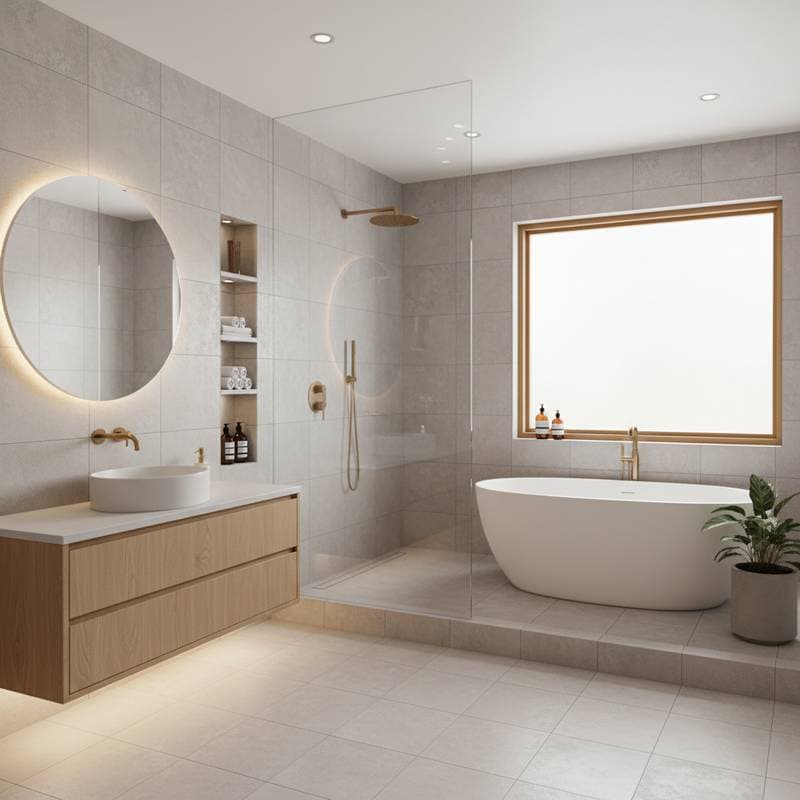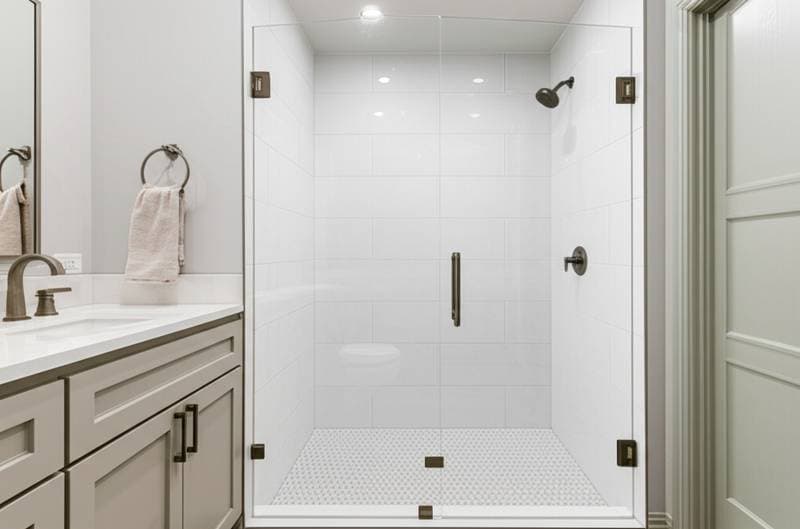Understanding Radiant Heated Floors
Radiant heated floors represent an innovative heating solution that delivers warmth directly from the floor surface. These systems circulate heat through embedded tubes or wires beneath flooring materials, creating an even distribution of warmth throughout a space. Unlike traditional forced-air systems, radiant heating eliminates drafts and circulates cleaner air, which enhances overall indoor comfort.
Homeowners appreciate the subtle luxury of stepping onto warm floors, particularly during cold mornings. In 2025, industry experts forecast that such installations will contribute to an 11 percent uplift in property resale values. This boost stems from the combination of aesthetic appeal, functional benefits, and alignment with sustainable living trends.
Key Benefits for Homeowners
The primary advantage lies in the potential to elevate property worth. Real estate analyses suggest that homes equipped with radiant heating command higher prices due to their modern amenities. Buyers view these features as indicators of a well-maintained and forward-thinking residence.
Energy efficiency forms another cornerstone benefit. Radiant systems operate at lower temperatures than conventional heaters, which reduces energy consumption by up to 30 percent in many cases. This efficiency translates to lower utility bills over time and a smaller carbon footprint, appealing to environmentally conscious purchasers.
Comfort extends beyond mere temperature control. The gentle, consistent heat rising from the floor prevents cold spots and maintains humidity levels, fostering a healthier living environment. When integrated into bathrooms or kitchens, these systems transform everyday spaces into inviting retreats.
Types of Radiant Heating Systems
Two main categories dominate the market: electric and hydronic systems. Electric mats or cables suit smaller areas like bathrooms, offering straightforward installation and lower upfront costs ranging from $5 to $10 per square foot. These systems connect directly to household electricity and provide quick response times for targeted heating.
Hydronic systems, powered by boilers or heat pumps, circulate warm water through tubing embedded in the subfloor. Ideal for whole-home applications, they cost between $6 and $15 per square foot but yield superior efficiency in larger spaces. Compatibility with renewable energy sources, such as solar panels, further enhances their long-term viability.
Selection depends on factors like home size, existing infrastructure, and budget. Consulting a professional ensures the chosen type aligns with specific needs and maximizes return on investment.
The Installation Process
Proper installation demands precision to ensure safety, performance, and compliance. Begin with site preparation, including subfloor assessment and insulation placement to optimize heat retention. Certified professionals then lay out the heating elements, spacing them according to manufacturer guidelines for uniform coverage.
Final stages involve critical connections and testing. Electrical final connections secure power supply to mats or cables, while boiler or heat pump tie-ins integrate hydronic loops with the home's central system. Pressure testing for closed-loop tubing verifies integrity, preventing leaks that could compromise efficiency.
Permits represent a non-negotiable step. Local building codes often require inspections to confirm adherence to safety standards. Skipping permits can void warranties and complicate future resale, as buyers may demand costly verifications.
Typical installation timelines span one to three days per room, depending on complexity. Costs vary by system type and square footage, but budgeting $1,500 to $5,000 for a standard bathroom project provides a realistic starting point. Professional oversight minimizes disruptions and guarantees reliable operation.
Long-Term Payback and Maintenance
Radiant systems offer substantial financial returns over time. Resale recoups 40 to 60 percent of initial costs, supplemented by annual energy savings of $200 to $500. Low maintenance needs contribute to this value; unlike ducted systems, radiant setups rarely require visible repairs, preserving the home's pristine appearance.
Pairing with high-quality insulation and smart thermostats amplifies efficiency. These enhancements reduce strain on primary HVAC components, potentially extending the lifespan of furnaces or heat pumps by three to five years. Zoning capabilities allow targeted heating, further optimizing energy use in multi-room homes.
For homeowners planning a five-year or longer stay, the investment proves worthwhile through compounded savings and comfort gains. In contrast, those undertaking quick renovations should prioritize compact areas like bathrooms, where the impact on perceived luxury yields the highest resale premium.
Factors Influencing System Performance
Climate plays a pivotal role in effectiveness. In colder regions, radiant heating excels by countering extreme lows without overworking auxiliary systems. Material choices for flooring also matter; tile and stone conduct heat efficiently, while carpet requires careful underlayment to avoid insulation.
Integration with smart home technology elevates usability. Programmable controls enable scheduling based on occupancy, ensuring warmth activates only when needed. Monitoring apps provide real-time diagnostics, alerting users to potential issues before they escalate.
Sustainability considerations enhance appeal. Many systems qualify for utility rebates or tax credits, offsetting installation expenses. As green building standards evolve, properties with efficient heating gain a competitive edge in the market.
Your Next Steps
Embark on the process with targeted planning. Measure target rooms and estimate square footage to gauge scope and costs accurately.
Decide on the system type based on your remodel scope and available energy source, weighing electric simplicity against hydronic efficiency.
Request quotes from two or three certified installers to compare pricing, timelines, and warranties.
Check local permits and explore utility rebates before scheduling work to streamline approvals.
Order materials early to sidestep supply chain delays, ensuring seamless project progression.
Test the system thoroughly before sealing the floor, confirming even heat distribution and functionality.
Realizing Lasting Comfort and Value
Radiant heated floors merge practical efficiency with undeniable luxury, transforming homes into efficient sanctuaries. Thoughtful installation not only elevates resale potential but also delivers daily benefits through reduced energy demands and enhanced livability. Invest in this upgrade to secure a warmer, more valuable future for your property.











